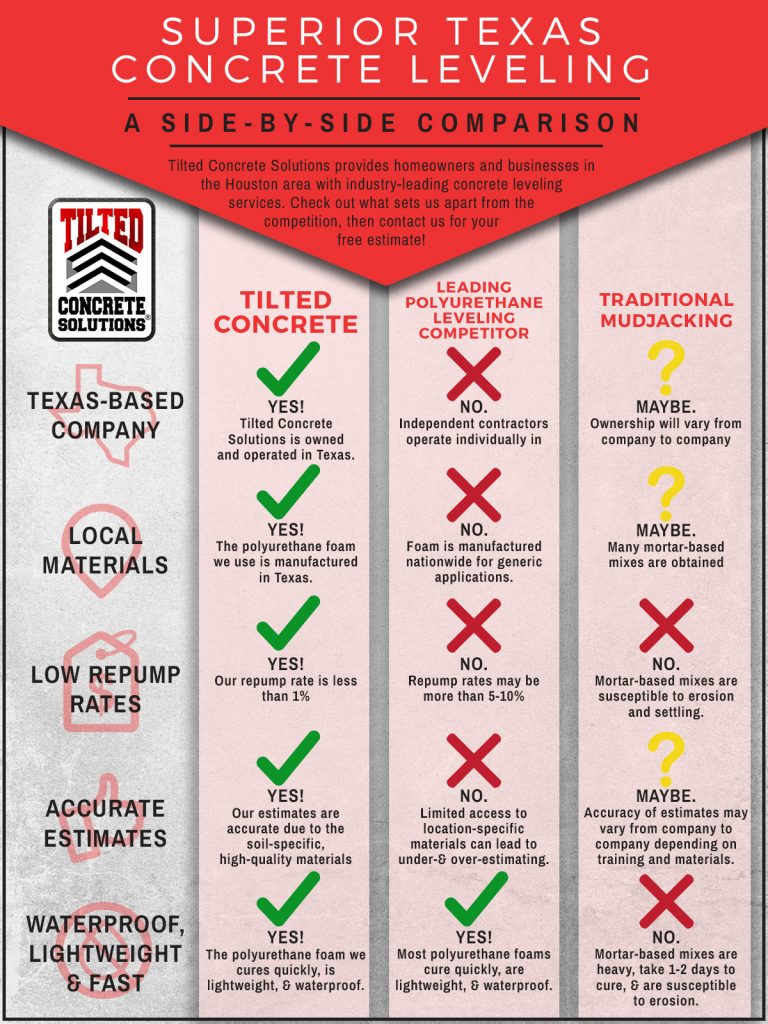Distinguishing Between Exterior And Interior Paint: Significant Distinctions And Their Uses
Distinguishing Between Exterior And Interior Paint: Significant Distinctions And Their Uses
Blog Article
Short Article Composed By-Fitzpatrick Meyers
When you're selecting between interior and exterior paint, it's important to recognize their essential distinctions that influence both performance and visual appeals. Interior paints are crafted for lower VOC degrees and smoother coatings, making them suitable for interior areas, while outside paints are designed to endure extreme weather conditions and UV exposure. Each type offers a distinct function, yet recognizing when to use one over the other can substantially influence your project's end result. So, what variables should you consider when making your choice?
Make-up and Solution
When picking in between interior and exterior paint, comprehending their composition and formula is essential. Interior paints usually consist of a lower amount of unpredictable organic compounds (VOCs), making them safer for indoor air high quality. You'll notice they commonly have a smoother coating, which improves their capacity to withstand stains and allows for easier cleansing. They're created to withstand the roughness of indoor environments, including varying moisture levels and temperature variations.
On the other hand, outside paints are developed to withstand harsher problems. They generally have higher levels of pigments and additives to stand up to fading from UV rays, along with to avoid mildew and mold and mildew growth. Their structure consists of more binders and materials, which offer much better bond to surfaces exposed to the aspects. This ensures the paint can hold up against rain, snow, and changing temperatures without peeling or splitting.
Efficiency and Toughness
Assessing performance and durability is essential when picking in between interior and exterior paint. Interior paint is developed for surfaces that experience much less deterioration. It generally resists fading and scuffing, making it ideal for living areas and bedrooms. Nonetheless, it may not stand up well in high-moisture locations like kitchens and bathrooms without appropriate formula.
On the other hand, outside paint encounters harsher conditions. It's crafted to hold up against UV rays, rain, and temperature level fluctuations. This sort of paint often has additives that protect against mold and mildew and mold growth, ensuring longevity in numerous environments. When you make use of external paint, you can expect it to last several years much longer than indoor paint, supplied it's applied properly.
An additional essential difference hinges on the coating alternatives. Inside paints frequently have a range of finishes for visual allure, while exterior paints focus on durability over sheen. If you're looking for something that can handle the components, exterior paint is your best option.
On the other hand, if you're concentrated on indoor aesthetics with less worry for extreme problems, indoor paint may be suitable. Eventually, your selection needs to align with the certain needs of the setting.
Visual Considerations
A fresh layer of paint can transform a room, however visual factors to consider play an important function in your choice between exterior and interior alternatives. When you're choosing paint, think about the state of mind you wish to develop. Inside visit this site right here enables you to check out a wider range of shades and finishes, enabling you to express your individual design and boost your home's setting. Whether you choose soft pastels or bold shades, the appropriate indoor paint can make your spaces really feel relaxing, lively, or calm.
On the other hand, exterior paint needs to align with your home's style and the surrounding setting. Below, you're not simply making a design declaration; you're likewise taking into consideration curb charm. Choosing shades that balance with your neighborhood can boost your home's worth and visual appeal. Keep in mind that outside paint is additionally subject to fading and climate adjustments, so picking a classic color can save you from frequent repainting.
Inevitably, think about exactly how each option fits your vision. By straightening your paint choice with your desired visual, you can create areas that reflect your individuality while preserving functionality.
Conclusion
When it involves choosing paint, comprehending the essential differences between exterior and interior choices is essential. Inside indoor house painters concentrate on looks and reduced VOCs, making them perfect for improving your indoor spaces. In contrast, outside paints are made for sturdiness and climate resistance, protecting your home from the aspects. By considering your details demands and the atmosphere, you can confidently choose the ideal paint to achieve the appearance and durability you want for your area.
